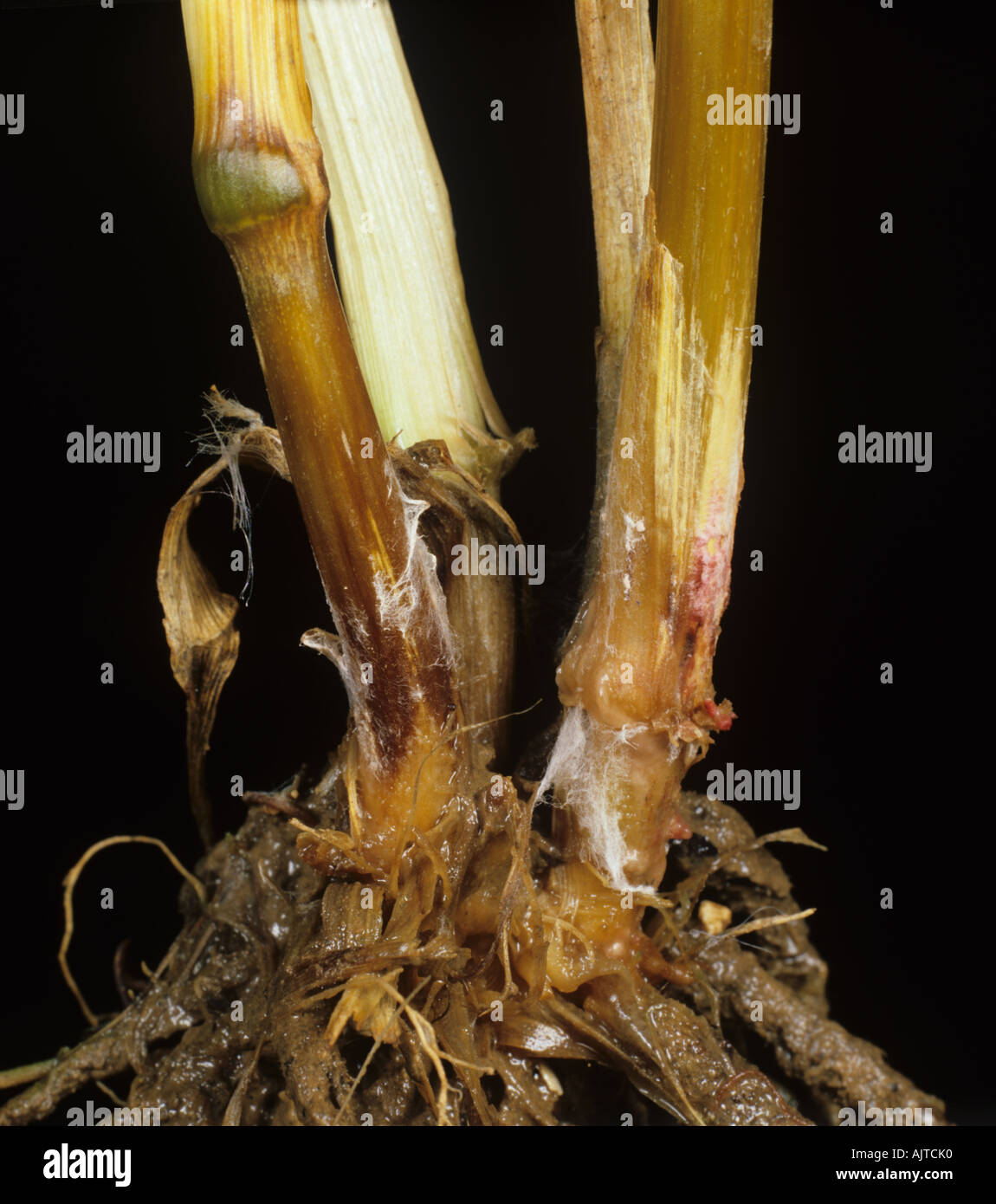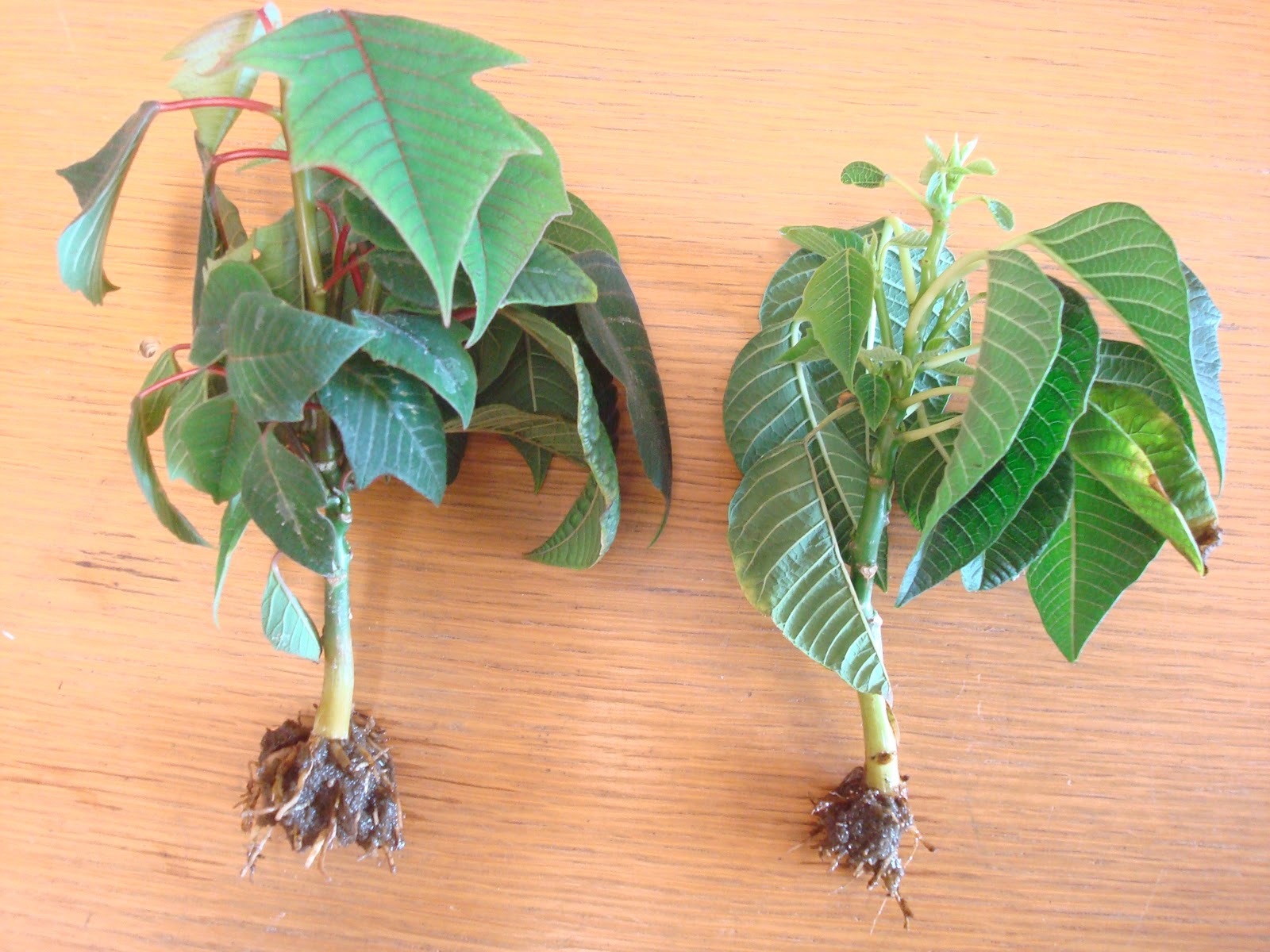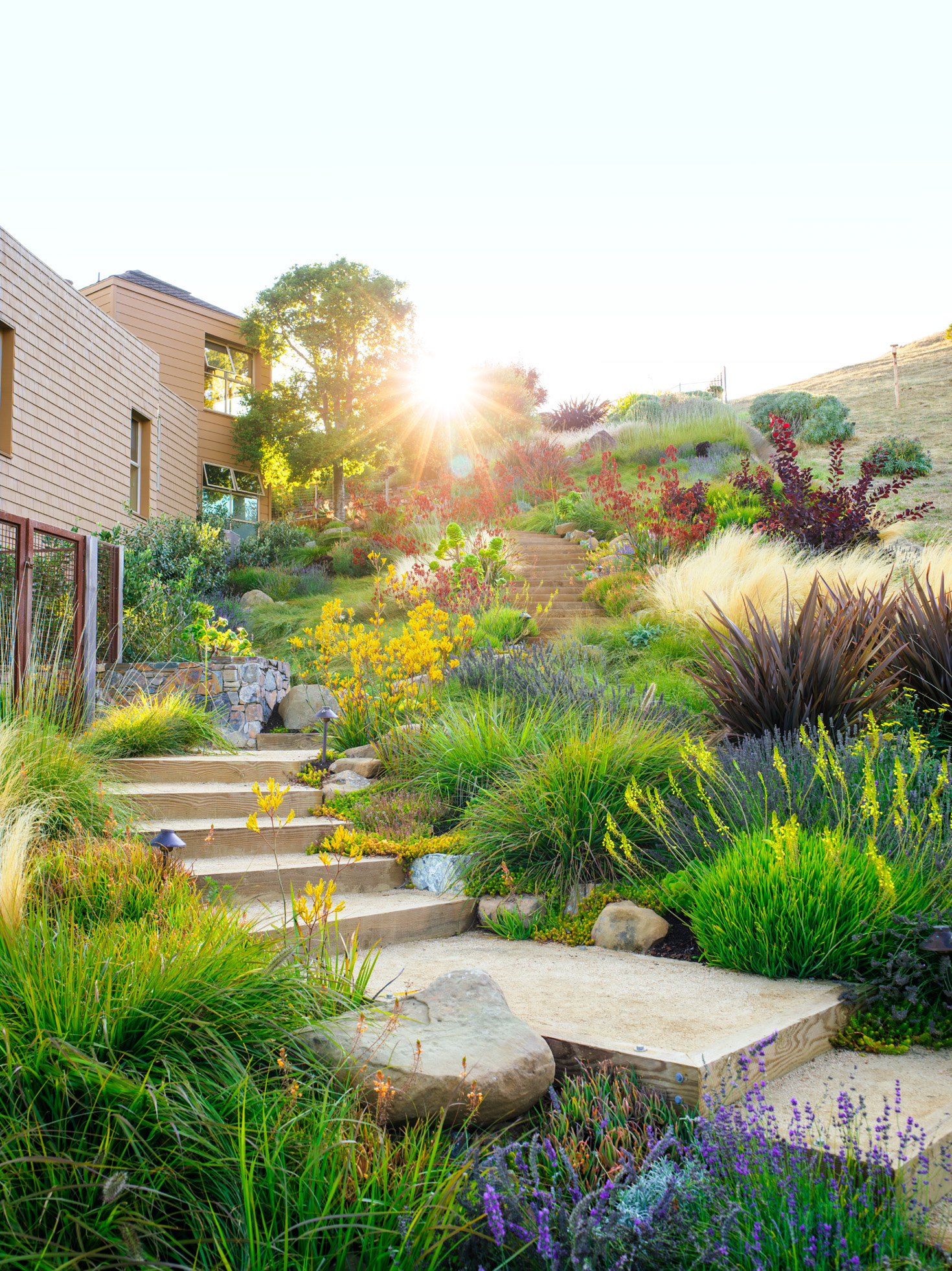Have you ever wondered how plants can thrive in their natural environment, with lush green leaves and vigorous growth, while those in pots often struggle? The key lies in the soil aeration and root development, which is crucial for healthy plant growth.
The lack of proper aeration in traditional planters leads to several issues. It restricts the flow of oxygen to the roots, hindering their growth and the plant’s ability to absorb nutrients. This results in stunted growth, yellowing leaves, and increased susceptibility to diseases. Moreover, poor drainage can lead to waterlogged soil, further suffocating the roots and causing root rot.
The solution to these problems lies in perforated planters. Perforated planters are designed with holes or slots on the sides and bottom, allowing for increased airflow and drainage. This creates an environment that promotes healthy root growth and overall plant vitality. With better aeration, roots can spread more easily, accessing more nutrients and water from the soil. Improved drainage prevents waterlogging, reducing the risk of root rot and other soil-related diseases.
In summary, perforated planters are essential for providing optimal growing conditions for plants. By ensuring proper aeration and drainage, these planters promote vigorous root growth, leading to healthier plants with lush green leaves and increased resilience to pests and diseases.
The Benefits of Perforated Planters for Plant Vitality:
Perforated planters offer numerous benefits for plant vitality and growth. Here’s a deeper dive into how they enhance the health of your plants:
Improved Root Growth:
The perforations in planters allow for better oxygen circulation, which is vital for root development. Adequate oxygen promotes the formation of strong and healthy roots, enabling them to penetrate deeper into the soil and efficiently absorb nutrients and water. This results in increased root mass and a more robust root system, providing a solid foundation for overall plant growth.
Perforated Planters: A History of Improved Plant Growth:
The use of perforated planters can be traced back centuries. In ancient times, farmers and gardeners recognized the importance of proper aeration and drainage for plant health. They employed various methods to create drainage holes in pots and containers, such as using sharp objects or creating slits in the sides of vessels. These early forms of perforated planters laid the groundwork for the modern designs we use today.
Unveiling the Hidden Secrets of Perforated Planters:
Perforated planters are not just simple containers with holes; they are carefully engineered to optimize plant growth. The size, shape, and placement of the perforations are crucial in ensuring proper airflow and drainage. Some planters feature a grid-like pattern of perforations, while others have evenly spaced holes around the sides and bottom. This strategic design allows for maximum aeration while preventing soil loss.
Recommendations for Choosing the Right Perforated Planter:
When selecting perforated planters, it’s essential to consider the specific needs of your plants. Different plants have varying root structures and water requirements. For example, plants with shallow roots, such as succulents, may perform well in planters with smaller perforations to prevent excessive drainage. Meanwhile, plants with deep roots, like tomatoes, may require planters with larger perforations for better aeration. Additionally, match the size of the planter to the size of the plant to ensure adequate root space.
Perforated Planters for Specific Plant Needs:
The versatility of perforated planters makes them suitable for a wide range of plants. They are particularly beneficial for plants that require well-aerated soil, such as orchids, ferns, and succulents. These plants thrive in environments with ample oxygen circulation, and perforated planters provide the ideal conditions for their roots to flourish. Additionally, perforated planters are an excellent choice for container gardening, vertical gardens, and hydroponic systems.
Tips for Maximizing the Benefits of Perforated Planters:
To get the most out of your perforated planters, follow these tips:
Fun Facts about Perforated Planters:
Here are some interesting facts about perforated planters:
How to Make Your Own Perforated Planter:
If you’re feeling crafty, you can create your own perforated planter. Here’s how:
What Happens if You Don’t Use Perforated Planters?
Without perforated planters, plants can experience several problems:
A List of Perforated Planters for Your Gardening Needs:
Here’s a list of perforated planters to consider for your garden:
Questions and Answers about Perforated Planters:
- Q: Can any type of plant benefit from a perforated planter?
A: Most plants benefit from improved aeration and drainage provided by perforated planters, making them suitable for a wide range of species. - Q: Is it necessary to use a saucer with a perforated planter?
A: No, saucers are not necessary as perforated planters allow excess water to drain out, preventing waterlogging. - Q: How often should I water plants in perforated planters?
A: Water thoroughly when the soil feels dry to the touch, allowing the soil to dry out slightly between waterings. - Q: Can I use perforated planters for hydroponic systems?
A: Yes, perforated planters are ideal for hydroponic systems, as they provide excellent aeration and drainage for the roots.
Conclusion of Perforated Planters for Plant Vitality:
In conclusion, perforated planters play a crucial role in promoting plant vitality and growth. By providing optimal aeration and drainage, these planters create an environment where roots can thrive, leading to healthier and more robust plants. Whether you’re a seasoned gardener or just starting out, incorporating perforated planters into your gardening routine can elevate your plant care game and bring your indoor and outdoor greenery to their full potential.












